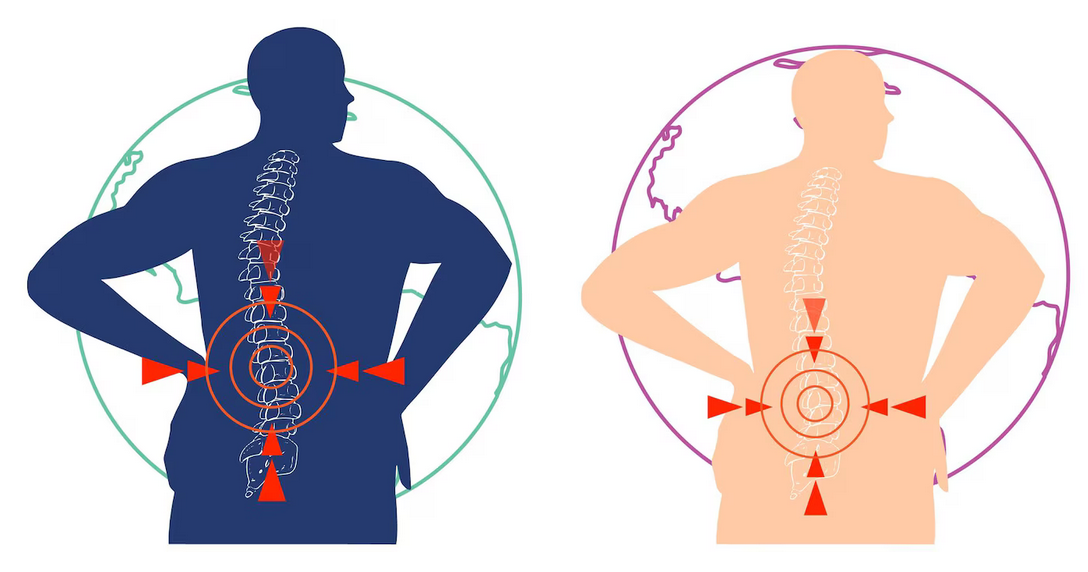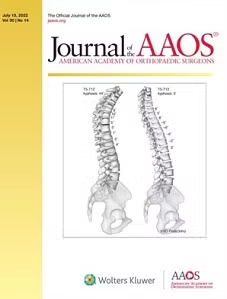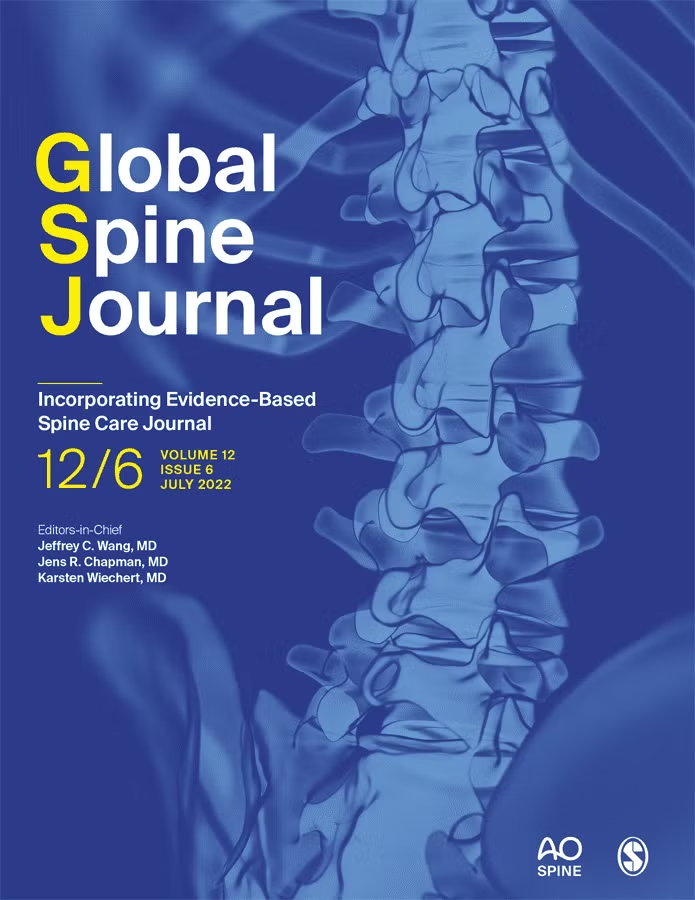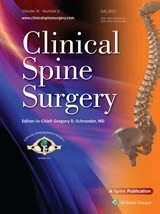
Lumbar fusion surgery, a common procedure to address various spinal disorders, aims to stabilize the spine and alleviate pain. Despite its benefits, the recovery process can be lengthy and challenging. However, with recent advancements and strategic approaches, the healing process can be significantly improved. Here’s how you can decrease spinal fusion recovery time and enhance overall outcomes.

Understanding Lumbar Fusion Surgery
Lumbar fusion surgery involves fusing two or more vertebrae in the lower back to eliminate painful motion and provide stability. This procedure is often recommended for conditions such as degenerative disc disease, spinal stenosis, scoliosis, and spondylolisthesis. The success of lumbar fusion surgery largely depends on the healing process, where the bone graft used in the procedure must grow and fuse the vertebrae together.
Key Strategies to Improve Healing and Recovery
- Preoperative Preparation
- Physical Conditioning: Engaging in a preoperative exercise program can strengthen the core muscles, improving postoperative recovery. Focus on low-impact aerobic exercises, stretching, and strengthening routines.
- Nutritional Optimization: A diet rich in vitamins, minerals, and proteins supports overall health and bone healing. Consider consulting a nutritionist to ensure optimal nutrient intake before surgery.
- Advanced Surgical Techniques
- Minimally Invasive Surgery (MIS): MIS techniques reduce tissue damage, blood loss, and postoperative pain, leading to faster recovery times compared to traditional open surgery.
- Use of Biologics: Incorporating bone morphogenetic proteins (BMPs) and other biologics can enhance bone growth and fusion rates, promoting quicker healing.
- Postoperative Care and Rehabilitation
- Pain Management: Effective pain control through medications, nerve blocks, or alternative therapies like acupuncture can improve mobility and participation in rehabilitation.
- Physical Therapy: A tailored physical therapy program is crucial for regaining strength, flexibility, and function. Start with gentle movements and gradually progress to more intense exercises as healing progresses.
- Activity Modification: Avoid heavy lifting, twisting, or high-impact activities during the initial recovery period. Follow your surgeon’s guidelines on when to gradually resume normal activities.
- Technological Innovations
- Enhanced Imaging and Navigation: Advanced imaging techniques and surgical navigation systems can improve the accuracy of the procedure, leading to better outcomes and faster recovery.
- Wearable Devices: Wearable technology that monitors movement and activity levels can provide valuable feedback, helping patients stay on track with their rehabilitation goals.
- Psychological Support
- Mental Health Care: Addressing the psychological aspects of recovery is essential. Consider counseling or support groups to manage stress, anxiety, or depression related to the surgery.
- Patient Education: Educating patients about the recovery process, setting realistic expectations, and involving them in decision-making can improve compliance and satisfaction.
Personalized Approach with Awake Spinal Fusion
At Awake Spinal Fusion, we prioritize a holistic and personalized approach to lumbar fusion surgery. Our team of experienced surgeons, physiotherapists, and nutritionists work collaboratively to ensure each patient receives comprehensive care tailored to their unique needs. By integrating cutting-edge technology, minimally invasive techniques, and robust postoperative support, we aim to expedite recovery and enhance overall outcomes.
Conclusion
Improving the healing process of lumbar fusion surgery involves a combination of preoperative preparation, advanced surgical techniques, effective postoperative care, and psychological support. By adopting these strategies, patients can experience reduced recovery times and better overall outcomes. At Awake Spinal Fusion, we are committed to providing the highest standard of care to help our patients return to their daily activities with improved spinal health and quality of life.






